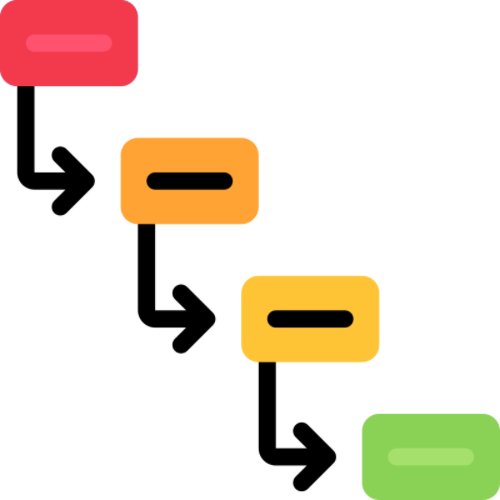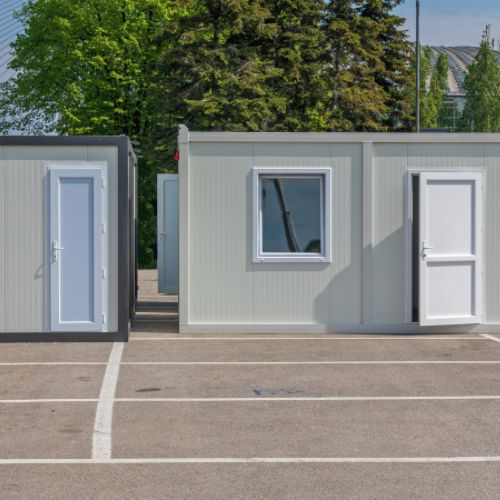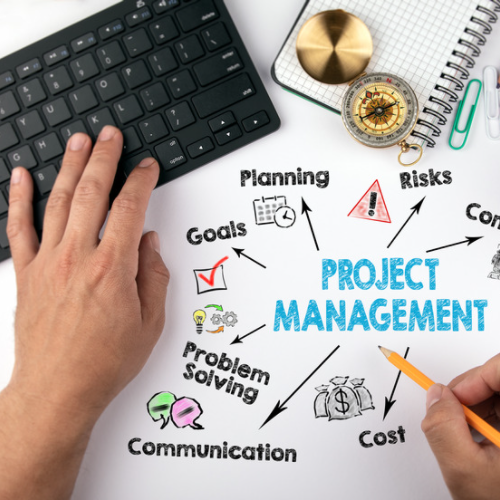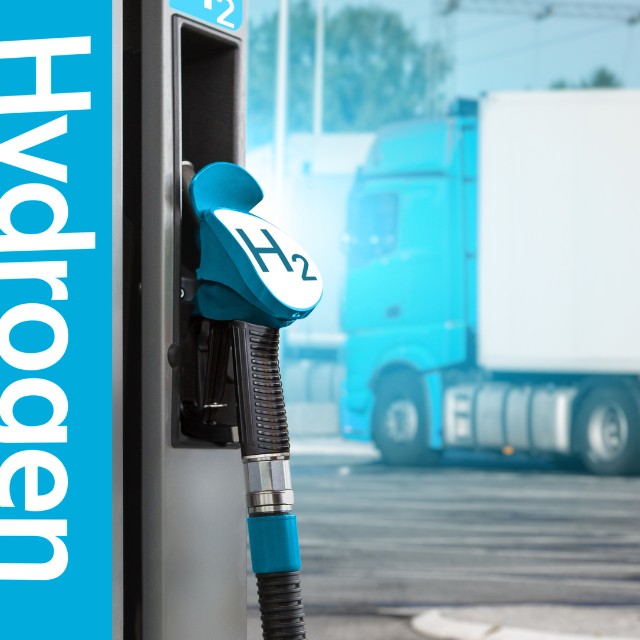Development of an online-based tool for managing and tracking requirements in engineering projects. The system offers the option of registering as a user and creating projects. Other users can be invited to your own project and assigned different roles.
The requirements managed with the tool are generally assigned to categories. There are templates for different types of projects that can also be used as a checklist.
Depending on the user role, new requirements can be created or existing ones changed; it is also possible to comment on requirements.
The management of requirements is list-based and has a hierarchical structure. This means that a requirement can be derived from a higher-level requirement. The system can visualize these dependencies as a diagram.
Each requirement can be assigned various attributes that can be used to classify and evaluate the requirements.
It is possible to revert to an older version of the project requirements at any time; the tool offers a 1:1 comparison of two different versions with the respective changes identified.






